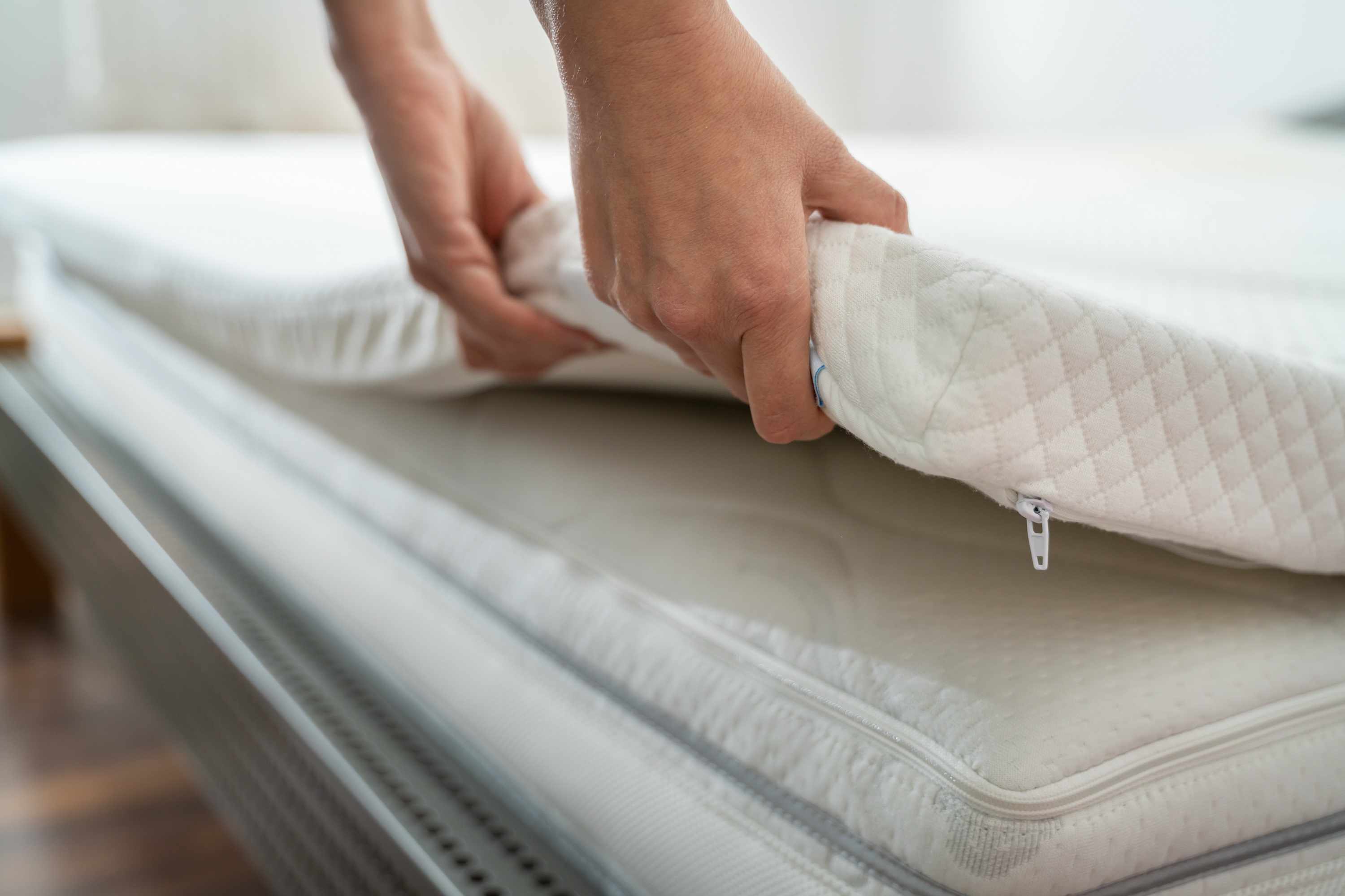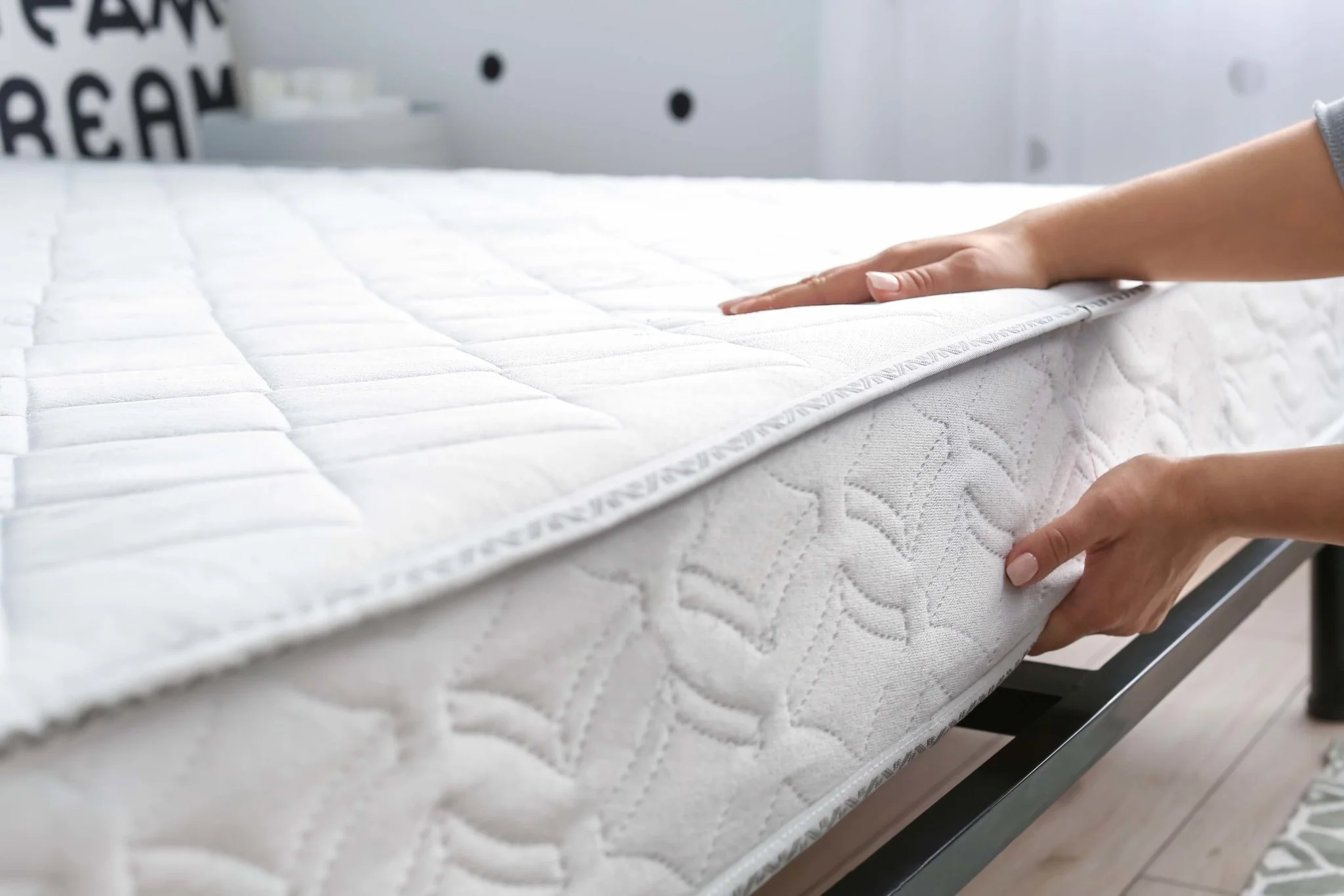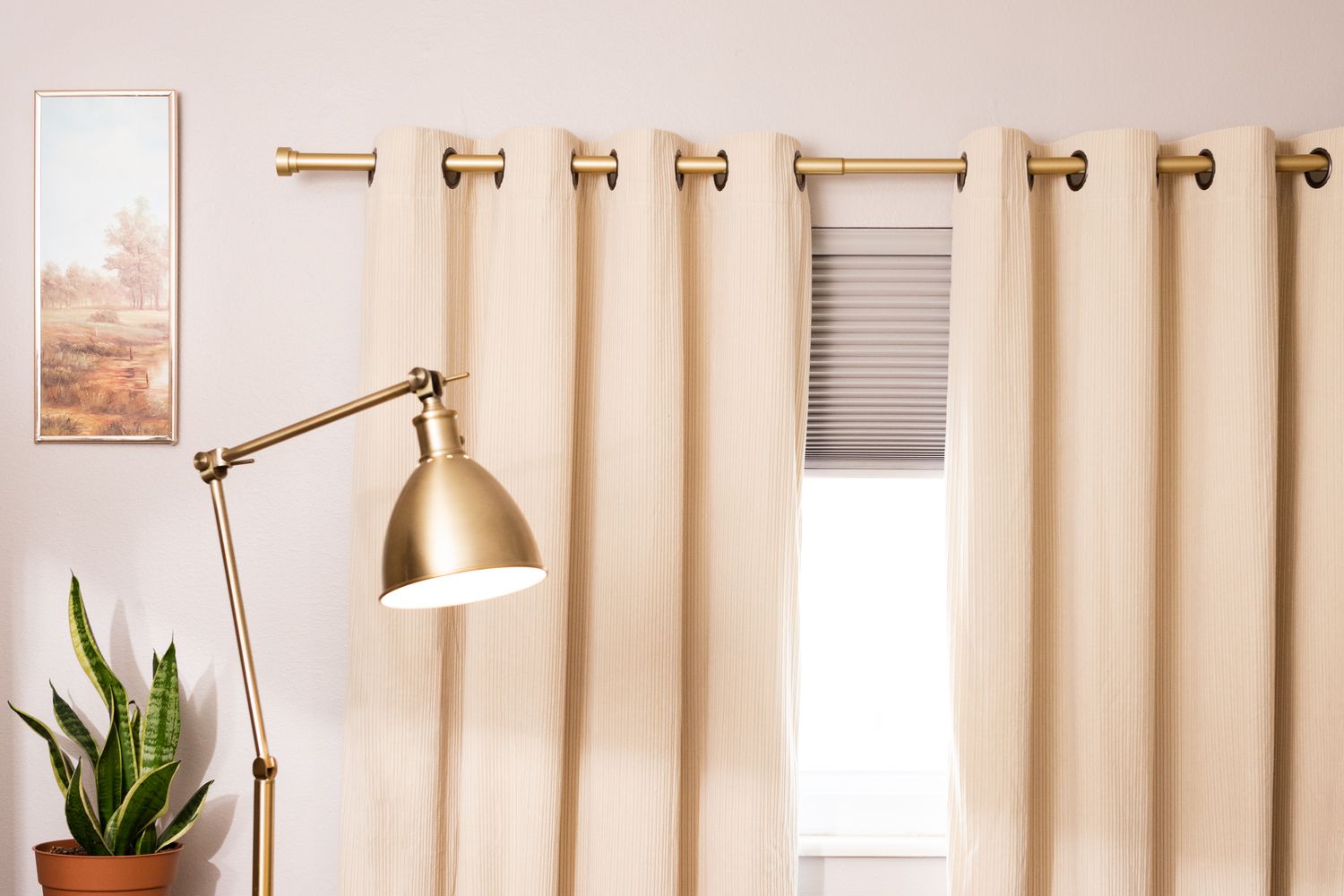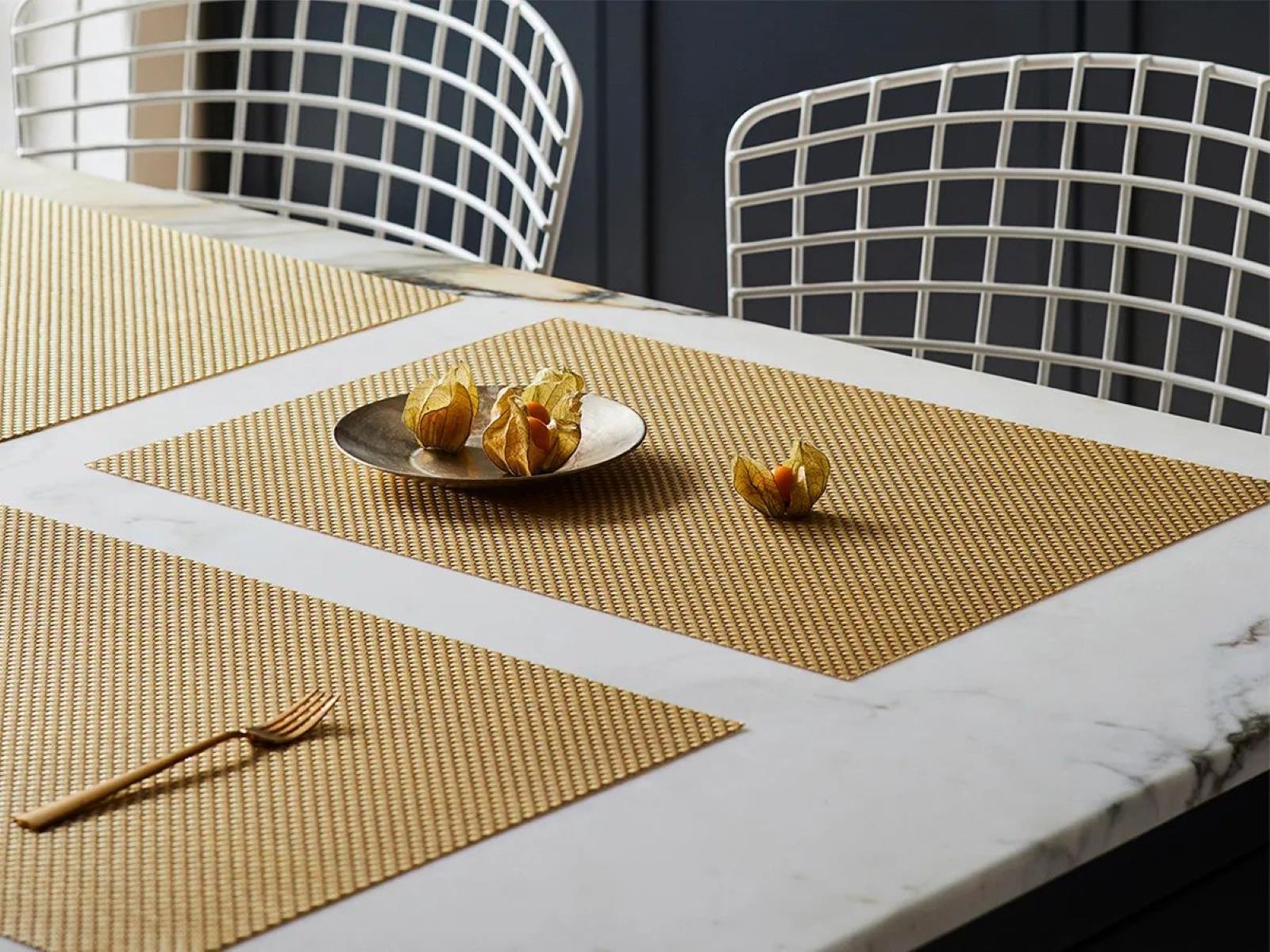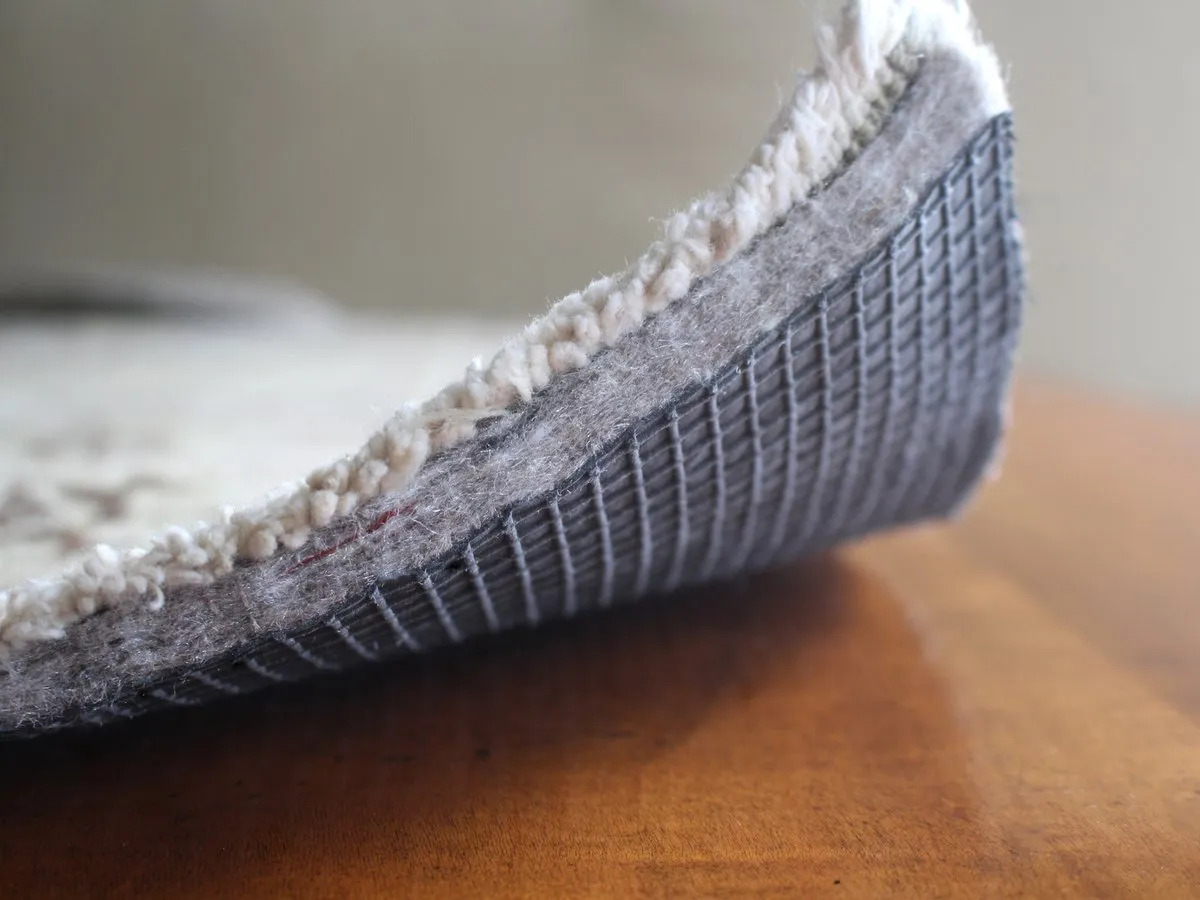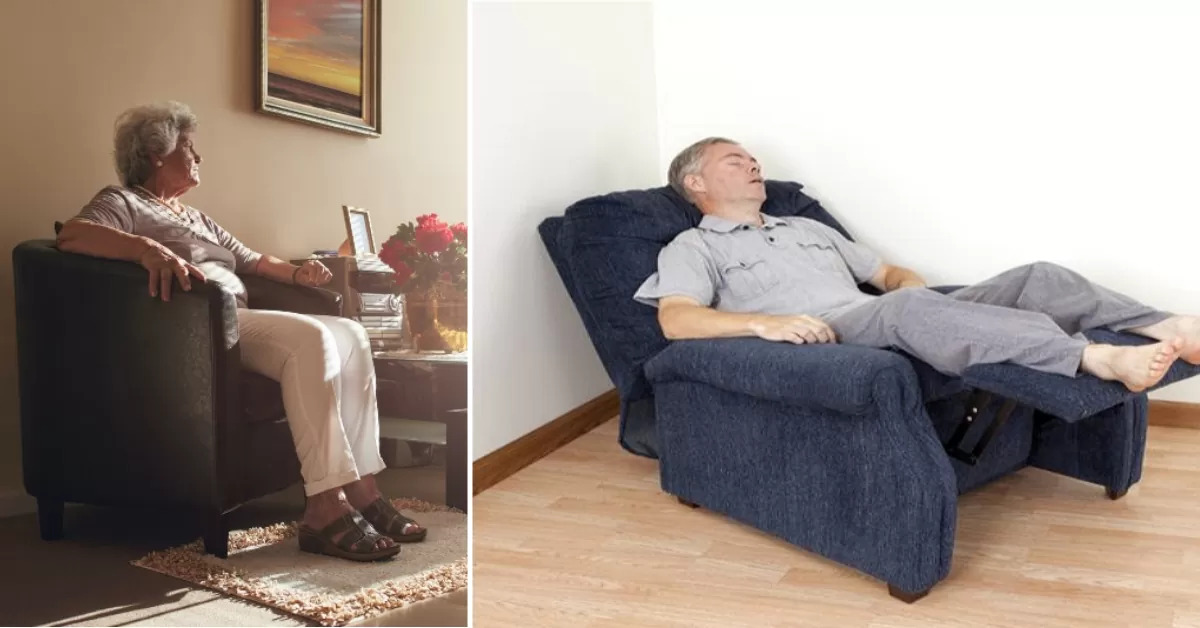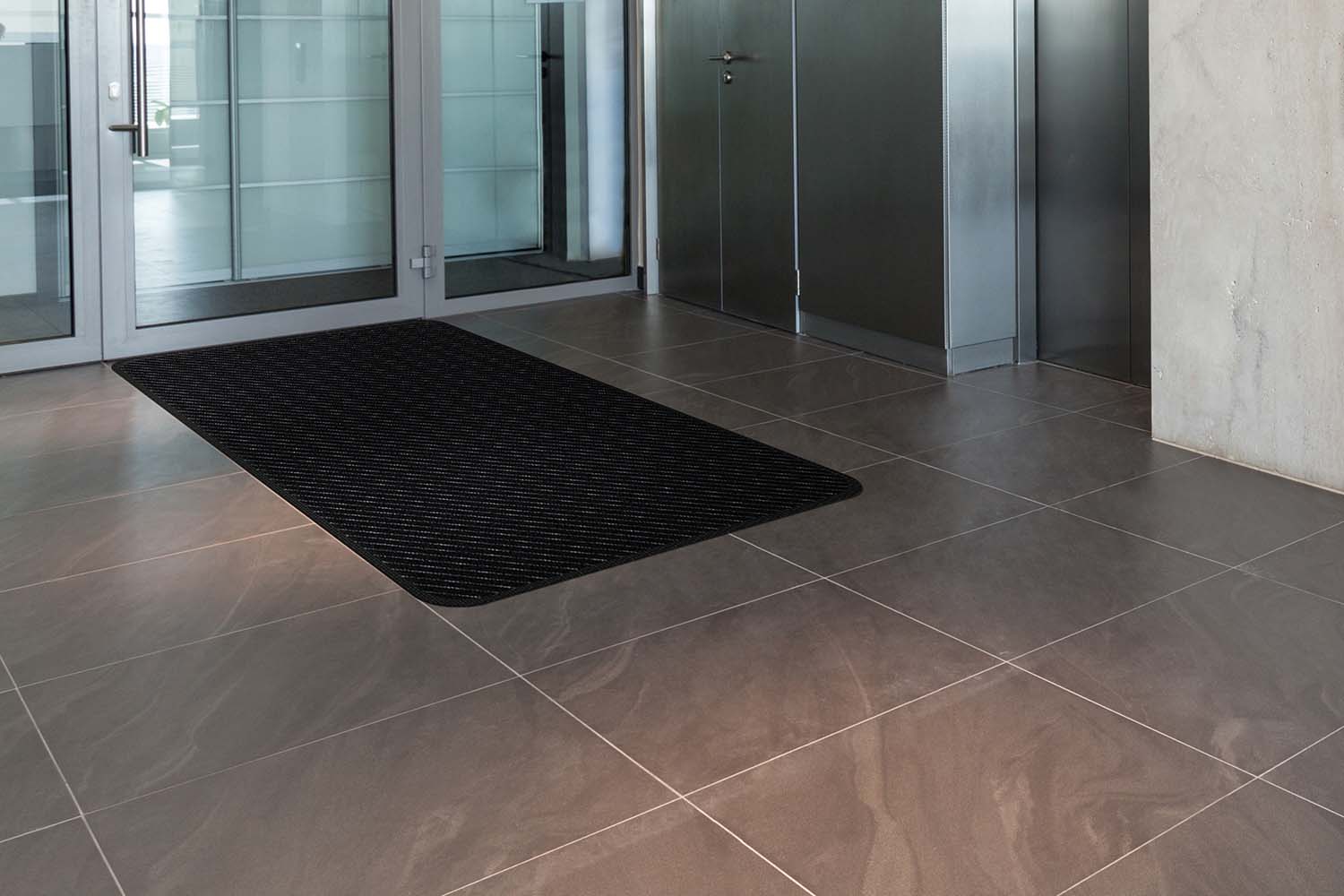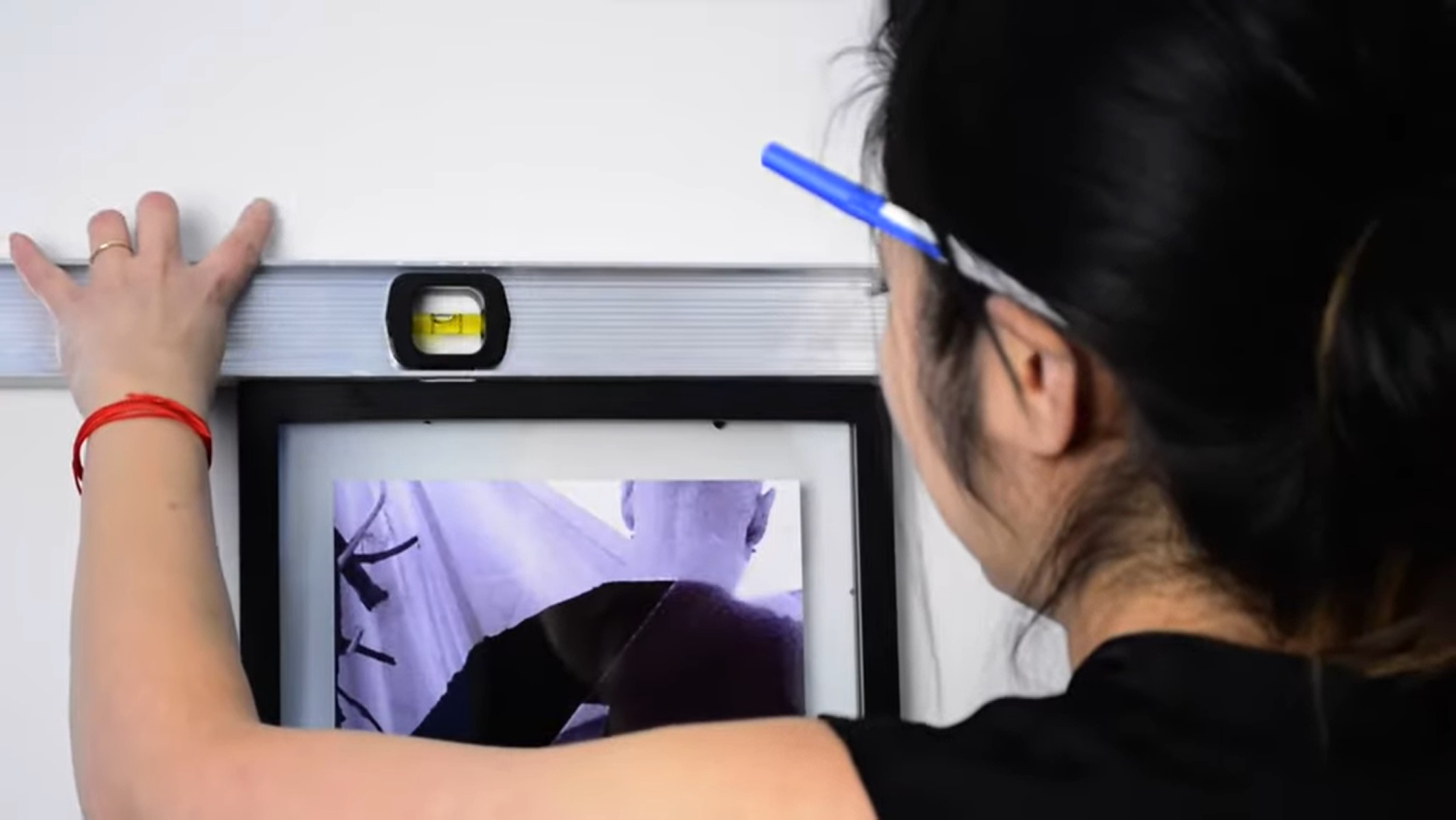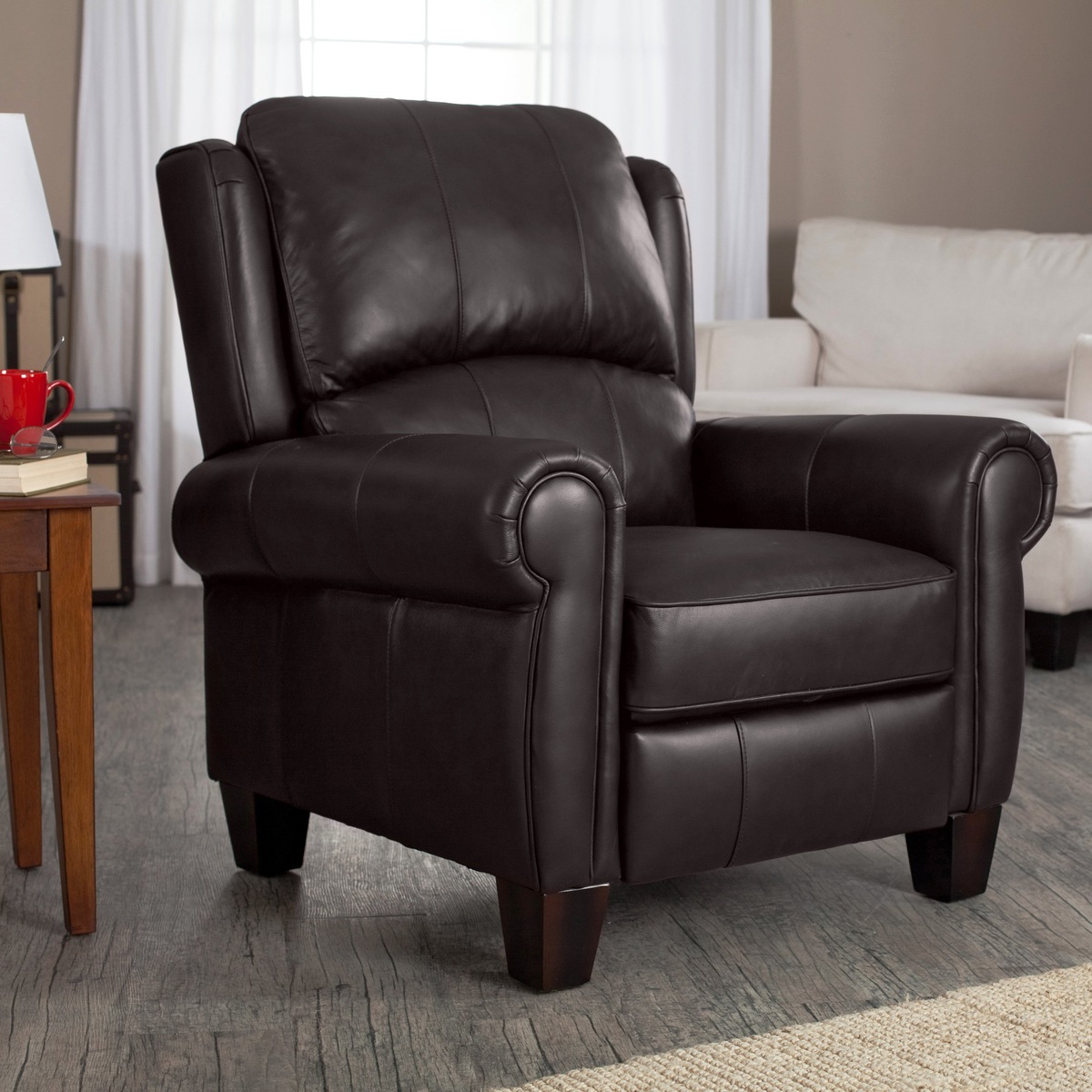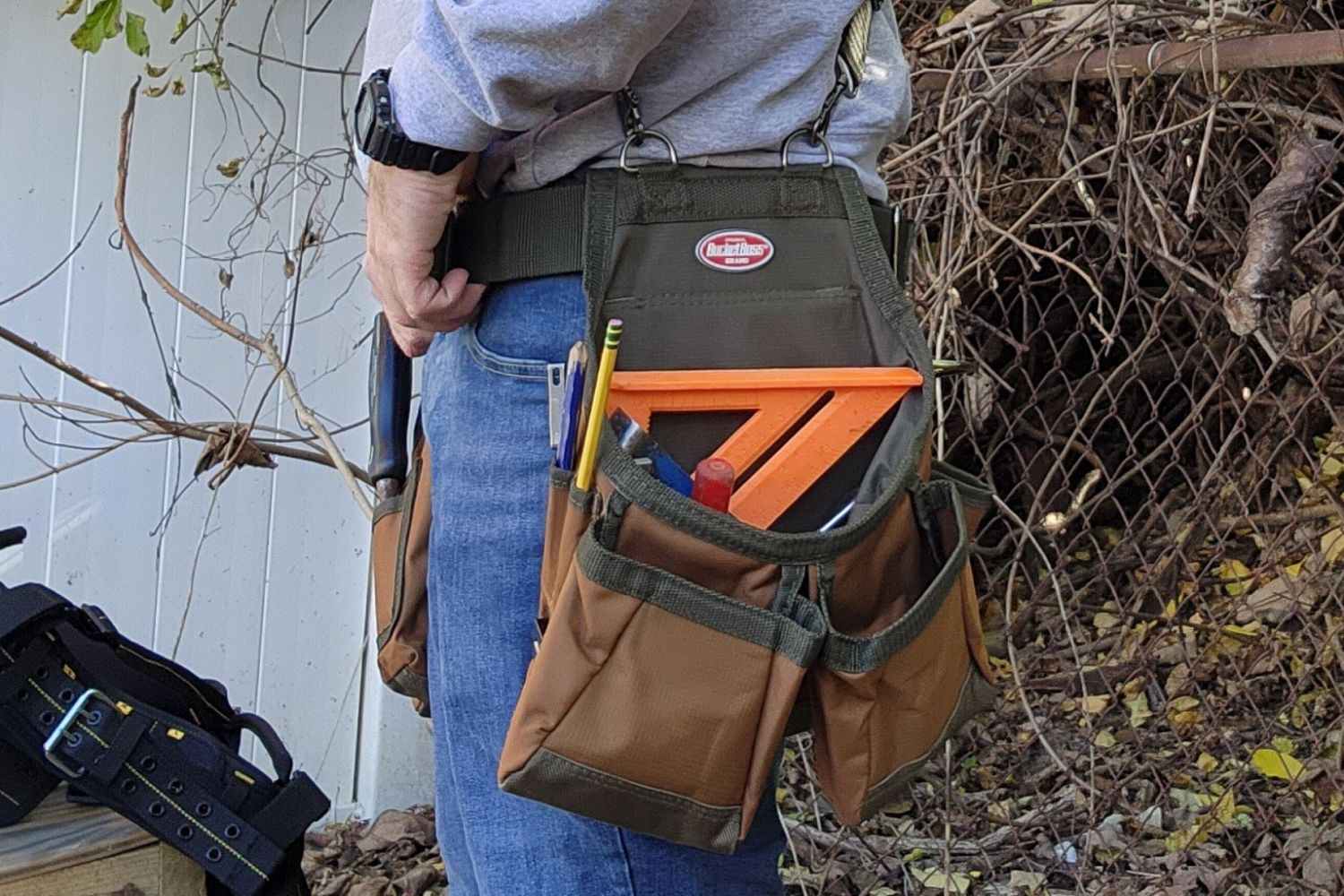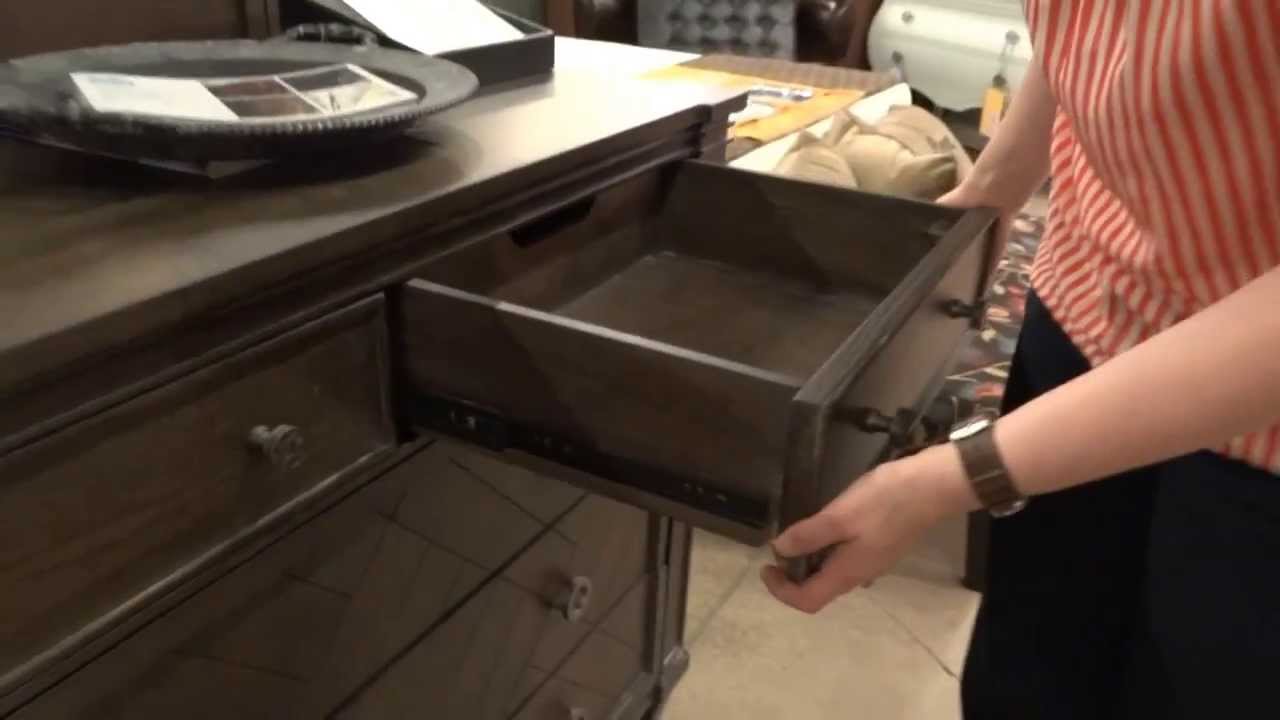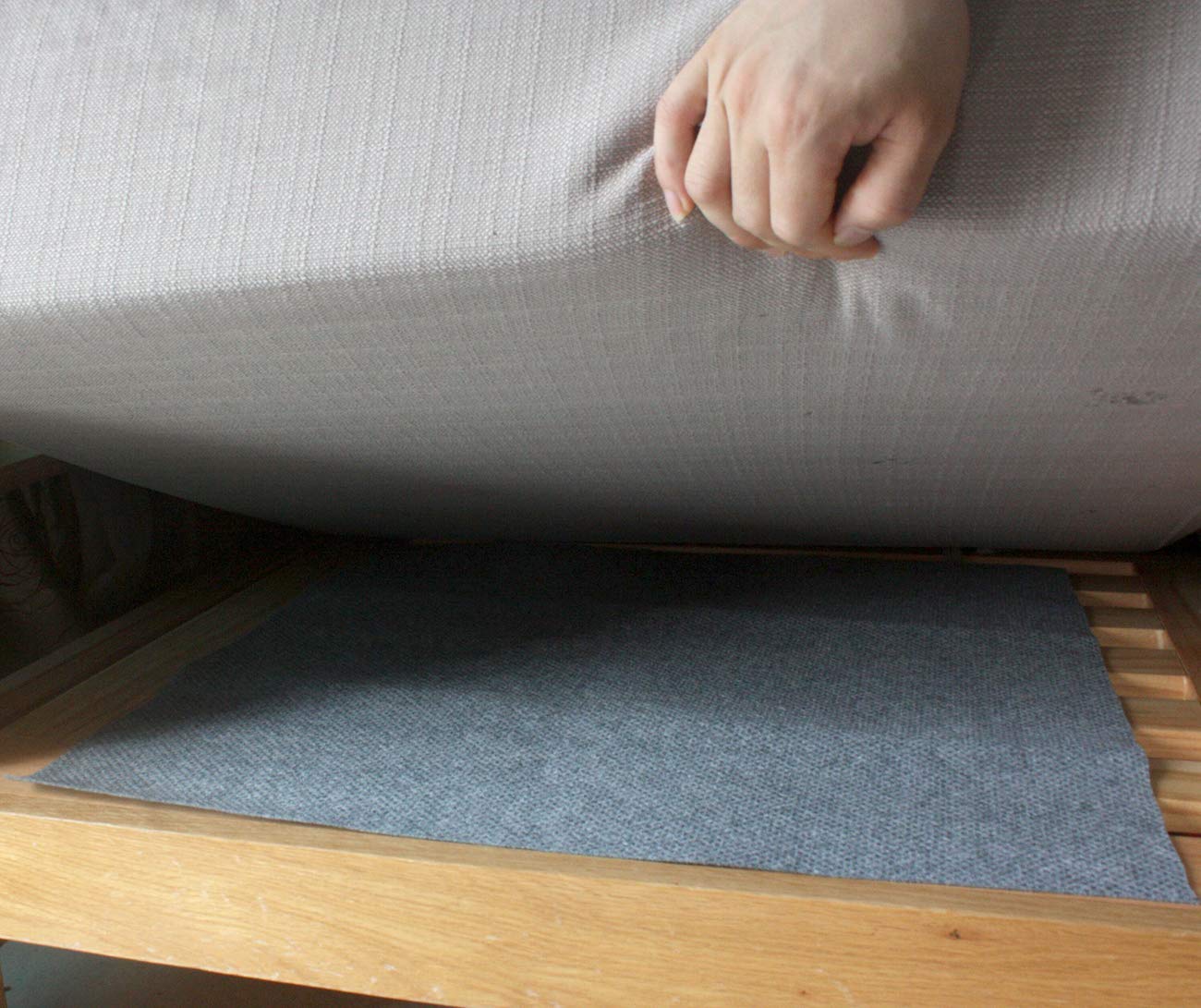Home>Furniture>Bedroom Furniture>How To Keep A Mattress Pad From Sliding
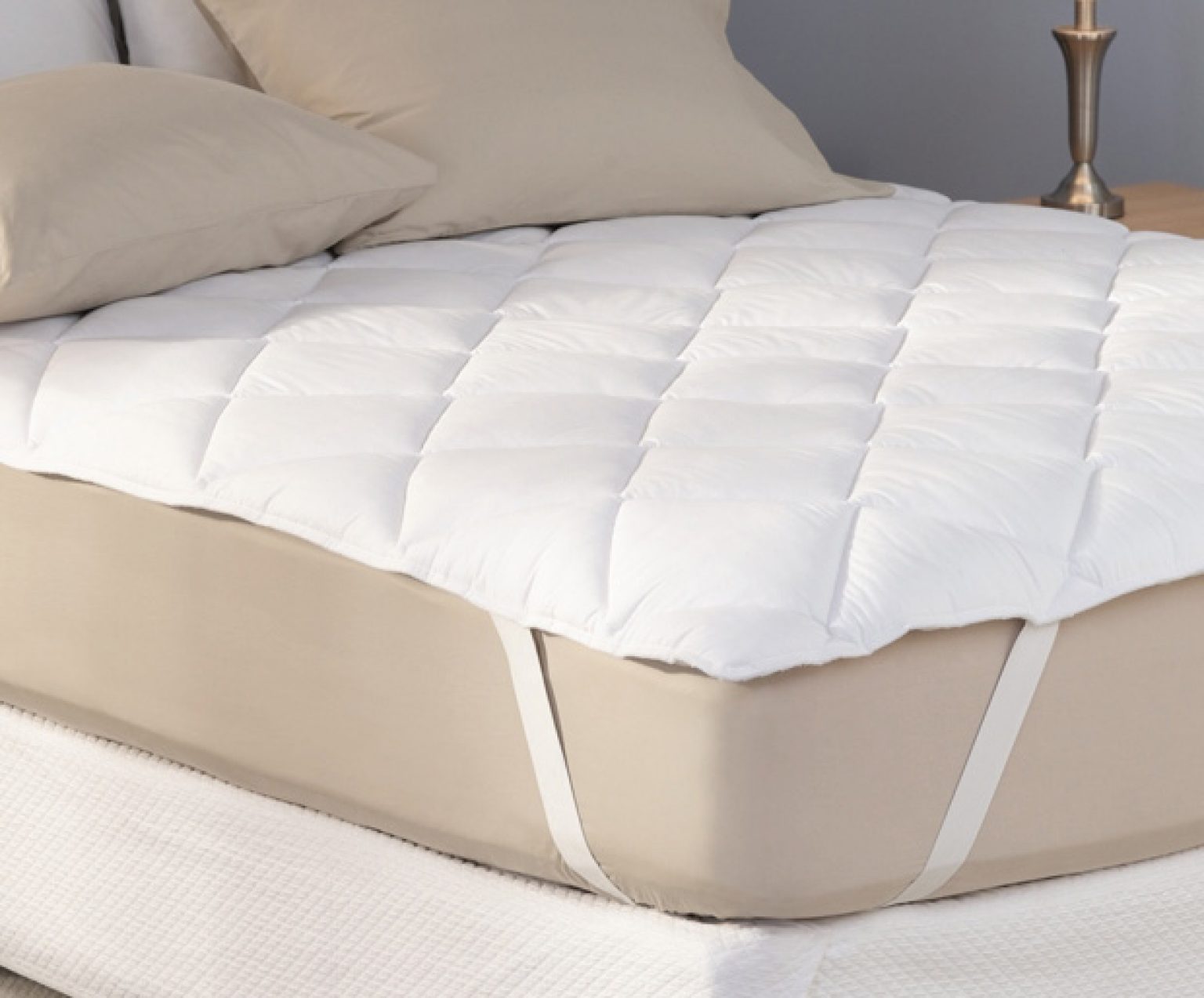

Bedroom Furniture
How To Keep A Mattress Pad From Sliding
Modified: January 5, 2024
Learn how to prevent your mattress pad from sliding with these simple tips and tricks. Keep your bedroom furniture in place for a better night's sleep.
(Many of the links in this article redirect to a specific reviewed product. Your purchase of these products through affiliate links helps to generate commission for Storables.com, at no extra cost. Learn more)
Introduction
Having a comfortable and well-maintained mattress is essential for a good night’s sleep, but sometimes, you may encounter a common problem – your mattress pad sliding. A slipping mattress pad can be frustrating, as it disrupts your sleep and requires constant adjustment. However, there are several effective methods to prevent a mattress pad from sliding and keep it securely in place.
Why does a mattress pad slide in the first place? There are a few reasons for this issue. Firstly, the fabric of the mattress pad and the sheets can create friction, causing the pad to move around. Additionally, movement during sleep, such as tossing and turning, can contribute to the slipping of the mattress pad. Furthermore, the type of mattress and bed frame you have can also play a role in the pad’s movement.
To address this problem, we have compiled a list of practical methods to prevent your mattress pad from sliding. By implementing one or more of these techniques, you can enjoy a stable and comfortable sleeping surface without constant readjustment.
Key Takeaways:
- Say goodbye to the frustration of a sliding mattress pad with simple solutions like non-slip grippers, elastic straps, and fitted pads. Enjoy uninterrupted sleep with these effective methods.
- Keep your mattress pad securely in place with practical options like Velcro strips, silicone grippers, and double-sided carpet tape. Say hello to a stable and comfortable sleeping surface.
Read more: How To Keep My Mattress Topper From Sliding
Why Does a Mattress Pad Slide?
Understanding why a mattress pad slides is key to finding an effective solution. Several factors contribute to the sliding of a mattress pad:
- Fabric Friction: Different fabric materials, such as cotton or satin, can create a slippery surface when in contact with each other. The friction between the sheets and the mattress pad can cause the pad to shift during the night.
- Movement During Sleep: Throughout the night, we naturally move and change positions. This movement can cause the mattress pad to shift if it is not secured in place.
- Mattress Type: The type of mattress you have can affect how the mattress pad stays in place. For example, mattresses with a smooth surface, like memory foam or latex, may provide less grip for the pad compared to mattresses with a textured or quilted surface.
- Bed Frame: The bed frame can also play a part in the mattress pad sliding. If the bed frame has slats or a platform base that lacks grip, the pad may have a higher tendency to move around.
These factors combined can make it frustrating to keep your mattress pad in place. However, with the right methods and tools, you can effectively prevent the pad from sliding, ensuring a more comfortable and uninterrupted night’s sleep.
Methods to Prevent a Mattress Pad from Sliding
There are several effective methods to keep your mattress pad from sliding and ensure a more secure sleeping surface. Let’s explore these methods in detail:
- Using Non-Slip Mattress Pad Grippers: Non-slip mattress pad grippers are specially designed to keep your mattress pad in place. These grippers typically have textured surfaces that provide extra friction and grip. Simply place the grippers between your mattress and the pad to prevent sliding.
- Tying the Mattress Pad to the Mattress: An easy and effective method is to use cords or bungee cords to tie the corners of the mattress pad to the mattress itself. Securely fasten the cords in a crisscross pattern to create a tight hold and prevent the pad from shifting.
- Using Elastic Straps or Sheet Clips: Elastic straps or sheet clips can be attached to the corners of the mattress pad and wrapped around the mattress. This creates tension and holds the pad firmly in place, preventing it from slipping.
- Applying Silicone or Rubber Rug Grippers: Silicone or rubber rug grippers, commonly used to prevent rugs from sliding, can also be used to secure a mattress pad. Place these grippers between the mattress and the pad to provide traction and reduce movement.
- Utilizing Double-Sided Carpet Tape: Double-sided carpet tape can be a simple yet effective solution. Apply the tape to the edges of the mattress pad, then press it firmly onto the mattress. The adhesive surface creates a strong bond, preventing any sliding or shifting.
- Using Velcro Strips or Pads: Velcro strips or pads can be attached to the corners of the mattress and the corresponding areas on the mattress pad. The hook and loop fasteners of Velcro will keep the pad securely in place, even during movements.
- Opting for Fitted Mattress Pads: Fitted mattress pads are designed with elasticized corners that wrap snugly around the mattress, providing a secure fit. These pads are less likely to slide compared to traditional flat ones.
By implementing one or more of these methods, you can ensure that your mattress pad stays in place, providing you with a more comfortable and uninterrupted sleep experience.
Using Non-Slip Mattress Pad Grippers
Non-slip mattress pad grippers are an excellent solution to prevent your mattress pad from sliding. These grippers are designed with textured surfaces that create extra friction and grip, keeping the pad securely in place throughout the night.
To use non-slip mattress pad grippers, follow these simple steps:
- Start by removing your mattress pad from the bed.
- Carefully place the non-slip grippers on top of your mattress.
- Ensure that the grippers are evenly positioned and aligned with the corners of the mattress.
- Place the mattress pad on top of the grippers, ensuring that it is centered and aligned with the mattress.
- Press down firmly to allow the grippers to adhere to the mattress and create a secure, non-slip surface.
Non-slip mattress pad grippers are often made from durable materials such as rubber or silicone, ensuring they provide long-lasting grip. They are typically thin and lightweight, which means they won’t add any noticeable bulk or discomfort to your sleeping surface.
It is important to note that non-slip grippers may not be suitable for mattresses with very thin or slippery surfaces, such as air mattresses. In such cases, it is recommended to explore alternative methods to prevent the mattress pad from sliding.
Overall, non-slip mattress pad grippers offer a simple and effective solution to keep your mattress pad securely in place. Once in position, you can enjoy a restful night’s sleep without having to constantly readjust your bedding.
Tying the Mattress Pad to the Mattress
Tying the mattress pad to the mattress is a practical and cost-effective method to prevent sliding. By using cords, bungee cords, or even shoelaces, you can securely fasten the corners of the mattress pad to the corresponding corners of the mattress, creating a tight hold that keeps the pad in place.
Here’s how to tie the mattress pad to the mattress:
- Start by placing the mattress pad on top of the mattress, ensuring it is centered and aligned properly.
- Take a cord or bungee cord and securely fasten one end to a corner of the mattress pad.
- Bring the cord underneath the mattress and stretch it diagonally to the opposite corner. Wrap it around the corner of the mattress.
- Repeat this process with the remaining corners of the mattress pad, ensuring each cord is tightly secured.
By tying the mattress pad to the mattress, you create tension that holds it firmly in place, preventing any sliding or shifting during sleep.
When choosing cords or bungee cords for this method, ensure they are strong and durable. Avoid using cords that are too thick or thin, as they may not provide the right level of tension. It’s also important to make sure the cords are securely tied and won’t come undone during the night.
While this method may require a bit of effort to set up, it is a cost-effective solution that can be easily customized to fit your specific mattress size and pad dimensions.
Tying the mattress pad to the mattress is a reliable way to keep it securely in place, ensuring a comfortable and uninterrupted sleep.
Read more: How Do I Keep My Mattress From Sliding
Using Elastic Straps or Sheet Clips
Using elastic straps or sheet clips is an effective and convenient method to keep your mattress pad from sliding. These straps or clips create tension and hold the corners of the pad securely in place, preventing any shifting during sleep.
Here’s how you can use elastic straps or sheet clips to secure your mattress pad:
- Place your mattress pad on top of the mattress, ensuring it is centered and aligned properly.
- Attach one end of an elastic strap or sheet clip to a corner of the mattress pad.
- Hold the other end of the strap or clip and stretch it underneath the mattress, diagonally crossing to the opposite corner of the mattress.
- Secure the strap or clip to the corner of the mattress, ensuring it is tight enough to hold the pad in place but not overly strained.
- Repeat this process with the remaining corners of the mattress pad, applying equal tension to each strap or clip.
Alternatively, you can use multiple straps or clips along the sides of the mattress to provide additional security and prevent the pad from shifting horizontally.
Elastic straps or sheet clips are designed to be adjustable, making it easy to customize the tension and fit to your specific mattress size and pad dimensions. Look for straps or clips that have strong and durable elastic, as they will provide a more secure hold.
This method is particularly effective for mattress pads that have deeper pockets or a looser fit. The tension created by the straps or clips helps to hold the pad in place, reducing any movement or sliding during the night.
By using elastic straps or sheet clips, you can enjoy a well-secured mattress pad, ensuring a comfortable and undisturbed sleep throughout the night.
To keep a mattress pad from sliding, use a non-slip rug pad underneath. This will provide grip and prevent the pad from shifting.
Applying Silicone or Rubber Rug Grippers
Applying silicone or rubber rug grippers is a clever and effective method to prevent your mattress pad from sliding. These grippers, commonly used to keep rugs in place, offer a non-slip surface that can provide the necessary grip to keep your mattress pad securely in position.
Here’s how you can use silicone or rubber rug grippers to prevent your mattress pad from sliding:
- Start by removing the mattress pad from the bed.
- Place the silicone or rubber rug grippers on top of your mattress. Make sure they are evenly positioned and aligned with the corners.
- Place the mattress pad on top of the grippers, ensuring it is centered and aligned properly.
- Press down firmly on the mattress pad to allow the grippers to adhere to the fabric, creating a secure non-slip surface.
Silicone and rubber rug grippers are designed to provide traction and grip, reducing any movement or shifting of the mattress pad. Their durable and flexible nature allows them to conform to the shape of your mattress, ensuring a snug fit.
These grippers are typically thin and lightweight, so they will not add any noticeable bulk or discomfort to your sleeping surface. They are also safe to use and won’t damage your mattress or mattress pad.
It is important to note that while silicone or rubber rug grippers are effective on most mattress surfaces, they may not adhere well to mattresses with very smooth or slippery surfaces, such as air mattresses. In such cases, you may need to consider alternative methods to prevent your mattress pad from sliding.
By applying silicone or rubber rug grippers, you can enjoy a stable and secure mattress pad, ensuring a comfortable and uninterrupted sleeping experience.
Utilizing Double-Sided Carpet Tape
Utilizing double-sided carpet tape is a reliable and straightforward method to prevent your mattress pad from sliding. This strong adhesive tape creates a secure bond between the mattress pad and the mattress, ensuring that it stays in place even during movement.
Follow these steps to effectively use double-sided carpet tape:
- Remove the mattress pad from the bed and place it on a clean and flat surface.
- Cut the double-sided carpet tape into small strips or pieces.
- Peel off the backing of one side of the tape to reveal the adhesive surface.
- Apply the tape to the edges or corners of the mattress pad, pressing firmly to ensure it sticks securely.
- Peel off the backing of the other side of the tape to expose the second adhesive surface.
- Place the mattress pad on top of the mattress, aligning it properly with the corners.
- Press down firmly on the mattress pad to allow the tape to adhere to the mattress.
Double-sided carpet tape is designed to provide a strong and long-lasting bond. It can withstand movement and keep the mattress pad in place, preventing any sliding or shifting.
When using double-sided carpet tape, it is essential to ensure that the adhesive is compatible with your mattress and mattress pad materials. Avoid using tapes that may be too harsh or damaging to the fabric. Test a small piece of tape on an inconspicuous area before applying it to the entire mattress pad.
Keep in mind that the tape may leave residue on your mattress or mattress pad when it comes time to remove it. To avoid any damage, carefully peel off the tape and clean any remaining adhesive with an appropriate cleaner.
By utilizing double-sided carpet tape, you can have peace of mind knowing that your mattress pad will stay securely in place, providing a comfortable and uninterrupted sleep.
Using Velcro Strips or Pads
Using Velcro strips or pads is an effective and adjustable method to prevent your mattress pad from sliding. The hook and loop fasteners of Velcro create a strong grip and keep the pad securely in place, even during movement.
Follow these steps to utilize Velcro strips or pads:
- Start by placing the mattress pad on top of the mattress, ensuring it is centered and aligned properly.
- Attach the hook side of the Velcro strip or pad to the corner of the mattress pad.
- Attach the corresponding loop side of the Velcro to the corresponding corner of the mattress.
- Press down firmly to ensure the Velcro securely bonds between the mattress pad and the mattress.
- Repeat this process with the other corners of the mattress pad, ensuring each strip or pad is tightly attached.
Velcro strips or pads are adjustable, allowing you to customize the tension and fit to your specific mattress size and pad dimensions. They provide a strong hold that prevents any sliding or shifting of the mattress pad, even during active movements throughout the night.
It is important to choose high-quality Velcro that is strong and durable. Avoid using Velcro that may be too weak or prone to detachment, as it will not effectively keep the mattress pad in place.
When using Velcro strips or pads, make sure the adhesive side is firmly pressed and adheres to the surface of the mattress or pad. Periodically check the Velcro to ensure that it remains securely attached and reattach or replace if necessary.
By using Velcro strips or pads, you can maintain a stable and secure mattress pad, allowing for a comfortable and undisturbed sleep.
Read more: How To Stop A Mattress From Sliding
Opting for Fitted Mattress Pads
One of the most effective ways to prevent your mattress pad from sliding is to opt for a fitted mattress pad. Fitted mattress pads are designed with elasticized corners that wrap snugly around the corners of your mattress, providing a secure and snug fit.
Here are the benefits of using a fitted mattress pad:
- Tailored Fit: Fitted mattress pads are specifically designed to match the dimensions of your mattress. They are made with elasticized corners that allow the pad to stretch and conform to the contours of your mattress, ensuring a tight and secure fit.
- No Additional Tools: With fitted mattress pads, you don’t need to worry about using additional straps, clips, or adhesives to keep the pad in place. The elasticized corners naturally hold the pad securely on the mattress.
- Minimal Movement: Fitted mattress pads have limited room for movement due to their snug fit. This means they are less prone to sliding or shifting during the night, providing a more stable sleep surface.
- Ease of Use: Fitted mattress pads are easy to put on and take off. The elasticized corners make it simple to slip the pad over the mattress without any hassle, and cleaning the pad is equally convenient.
When purchasing a fitted mattress pad, ensure that you select the correct size that matches your mattress dimensions. Most fitted pads have generous pocket depths to accommodate different mattress thicknesses.
It’s important to consider the material and quality of the fitted mattress pad as well. Look for a pad made from soft and breathable fabric that provides comfort without sacrificing durability. Additionally, consider features such as waterproof or hypoallergenic properties if they are important to you.
By opting for a fitted mattress pad, you can enjoy a secure and stable sleeping surface, minimizing any sliding or shifting during the night. The tailored fit enhances the overall comfort of your bed, allowing for a restful and uninterrupted sleep experience.
Conclusion
Dealing with a mattress pad that constantly slides can be a frustrating experience that disrupts your sleep. Fortunately, there are several effective methods to prevent your mattress pad from sliding, ensuring a more comfortable and secure sleeping surface.
By using non-slip mattress pad grippers, tying the mattress pad to the mattress, utilizing elastic straps or sheet clips, applying silicone or rubber rug grippers, utilizing double-sided carpet tape, using Velcro strips or pads, or opting for fitted mattress pads, you can keep your mattress pad in place and reduce any movement or shifting throughout the night.
Each method offers its unique advantages, and you can choose the one that best suits your needs and preferences. Whether you prefer a simple and adjustable solution or a more permanent fix, there is an option available to ensure your mattress pad stays securely in place.
Remember to consider the compatibility of the method with your mattress and mattress pad materials. Keep in mind the ease of installation and removal, as well as any potential residue or damage that may occur.
By implementing these methods, you can enhance your sleep quality and create a more enjoyable sleeping environment. Say goodbye to the frustration of constantly readjusting your mattress pad and embrace a comfortable and uninterrupted sleep.
Take the necessary steps today to prevent your mattress pad from sliding, and enjoy the benefits of a well-maintained and stable bedding arrangement.
Frequently Asked Questions about How To Keep A Mattress Pad From Sliding
Was this page helpful?
At Storables.com, we guarantee accurate and reliable information. Our content, validated by Expert Board Contributors, is crafted following stringent Editorial Policies. We're committed to providing you with well-researched, expert-backed insights for all your informational needs.
